Hello again, it's Marsha, and I'm excited to dig into another captivating topic on dogs and their training! We all love our dogs and want nothing more than a strong, loving bond with them. Dog training goes beyond mere obedience; it is an opportunity to establish a profound connection based on mutual respect and trust. That's where the Deference Protocol comes into play - an incredibly effective approach that can transform your training sessions into meaningful experiences. But what exactly is the Deference Protocol? In simple terms, it emphasizes teaching our dogs to voluntarily offer polite and respectful behaviors, without resorting to strict dominance or force-based techniques. Instead, we use positive reinforcement to encourage the desired actions and discourage undesirable ones. Continue reading as we explore the ins and outs of this protocol, understanding how it operates and, more importantly, the incredible positive impact it can have on shaping your dog's behavior and strengthening the bond you share with your beloved companion. So, let's embark on this journey of discovery and see how the Deference Protocol can bring out the best in both you and your four-legged friend!
What is the Deference Protocol?
The Deference Protocol stands as a testament to the evolving and compassionate nature of modern dog training. Gone are the days of dominating our dogs with outdated, forceful methods. Instead, this innovative approach seeks to build a partnership of mutual understanding and admiration between humans and dogs. By teaching our pups to offer polite and respectful behaviors willingly, we foster an environment of trust and cooperation. The beauty of the Deference Protocol lies in its rejection of coercion and force-based techniques, focusing instead on harnessing the power of positive reinforcement. By rewarding desirable actions with treats, praise, or affection, we encourage our dogs to make the right choices independently, reinforcing their intrinsic desire to please us. This not only nurtures a sense of accomplishment within our dogs but also strengthens the emotional connection they have with us as their trusted guides. The Deference Protocol paves the way for a more compassionate and effective training experience, where our canine companions are eager participants rather than reluctant followers.
Key Principles of the Deference Protocol
Positive Reinforcement
Positive reinforcement, the core principle of the Deference Protocol, is a remarkable tool that empowers us to shape our dogs' behavior in the most benevolent way possible. When we reward our canine companions with treats, heartfelt praise, or affection for displaying desired behaviors, we tap into their innate desire to please and be rewarded. This creates a positive association with the actions we want to encourage, making our dogs more likely to repeat them willingly. By focusing on the positives and celebrating even the smallest successes, we foster an environment of encouragement and enthusiasm in our training sessions. Not only does positive reinforcement strengthen the bond between humans and dogs, but it also nurtures a sense of joy and eagerness in our furry friends to engage in training activities. Moreover, the trust built through positive reinforcement enhances our dogs' confidence, making them more receptive and responsive to learning new commands and tricks. As a gentle and effective approach, positive reinforcement exemplifies the power of love and encouragement in shaping our dogs into the well-behaved and contented companions we cherish.
Clear Communication
Clear communication forms the bedrock of successful dog training, as it bridges the gap between our human intentions and our canine companions' understanding. Dogs are remarkably perceptive and quick learners, but they rely on us to convey our expectations in a way they can comprehend. Consistency is key, and using the same cues and body language for specific commands helps create a familiar and predictable environment for our dogs. When we are clear and consistent in our communication, it reduces confusion and allows our dogs to focus on learning the desired behaviors. They begin to associate specific cues with corresponding actions, making it easier for them to respond appropriately. Moreover, clear communication nurtures trust between dogs and their owners, as they feel secure in understanding what is expected of them. As we build this foundation of understanding, our dogs become more attentive and receptive to our guidance, making the training process smoother and more enjoyable for both parties. The art of clear communication is not just about words; it is about forging a connection based on mutual respect and understanding, elevating the training experience to a level where our dogs become willing and enthusiastic learners.
Patience and Consistency
Patience and consistency are the guiding virtues in the journey of dog training, emphasizing the importance of understanding and respecting our dogs' individual learning styles. Just as each human has their own pace of grasping new concepts, our dogs are no different. Some pups may quickly pick up commands, while others might require more time and repetition. As responsible trainers, it is important to embrace patience and avoid rushing the process. By doing so, we create a nurturing and supportive environment where our dogs feel safe to explore and learn without undue pressure. Additionally, consistency plays a fundamental role in reinforcing the lessons we impart. Dogs thrive on routine and predictability, and when we maintain a steady and unambiguous approach, we minimize confusion and ensure a clearer path to success. Inconsistency, on the other hand, can lead to mixed signals, leaving our canine companions unsure of what is expected of them. Staying patient and consistent throughout the training journey builds a sense of trust and reliability between dogs and their owners, promoting a stronger bond and a more fruitful learning experience. Embracing patience and consistency allows us to savor the small victories, celebrate the progress, and witness the transformation of our four-legged friends into confident and well-behaved companions.
Steps to Implement the Deference Protocol
Establish a Strong Bond
Establishing a strong bond with your dog is a fundamental aspect of successful training, as it forms the foundation of a loving relationship. Our dogs are social creatures that thrive on companionship and human interaction. By dedicating quality time to our dogs, we create opportunities for meaningful connections and mutual understanding. Engaging in activities together, whether it's a brisk morning walk or a game of fetch in the backyard, not only provides physical exercise but also nurtures emotional bonds. During playtime, we tap into our dog's innate instincts, reinforcing the idea that we are not just their trainers but also their trusted playmates. Building a strong bond goes beyond training sessions; it encompasses our daily interactions and moments of affection. Be the source of positive experiences for your dog, offering praises, belly rubs, and tasty treats when they display good behavior. This positive reinforcement fosters a sense of security and trust, allowing your dog to feel confident and at ease in your presence. As the bond between you and your dog deepens, they become more eager to please and cooperate during training, making the entire process smoother and more enjoyable for both of you. Ultimately, a strong bond ensures that your dog sees you not just as their owner but also as their cherished companion, creating a beautiful relationship that lasts a lifetime.
Basic Commands
Mastering basic commands is a pivotal step in any dog's training journey, laying the groundwork for effective communication and obedience. Basic commands like "sit," "stay," "come," and "leave it" form the building blocks of a well-behaved and responsive companion. Introducing these commands gradually and with patience ensures that your dog can grasp them successfully. Positive reinforcement plays a vital role in this process, as it motivates your dog to repeat the desired actions willingly. Every time your dog responds correctly to a command, shower them with praise, treats, or affection. This positive association strengthens the bond between you and your canine companion and reinforces the idea that following your cues leads to positive outcomes. Consistency is key; practice these commands daily in various settings to help your dog generalize the behaviors and respond appropriately in different situations. With time and dedication, your dog will become proficient in these basic commands, setting the stage for more advanced training and ensuring an enjoyable life together.
No Free Feeding
No Free Feeding is a crucial aspect of responsible dog ownership that goes beyond mere mealtime routines. By avoiding the practice of leaving food out all day for your dog to graze at will, we promote a healthier relationship with food and instill good eating habits. Providing meals on a regular schedule helps regulate your dog's appetite and prevents overeating, reducing the risk of obesity and related health issues. This structured approach also enables you to monitor your dog's eating patterns and identify any changes in their appetite, which can be indicative of potential health concerns. Additionally, removing leftover food after a reasonable time prevents spoilage and maintains the freshness of the food, ensuring your dog receives the best nutrition possible. Beyond the physical benefits, No Free Feeding also reinforces the notion that food is a valuable resource that should be earned through polite behavior. As mealtime becomes a more deliberate and rewarding experience, your dog learns to associate good manners with positive outcomes, further strengthening the connection between respectful behavior and desirable rewards. Embracing No Free Feeding not only supports your dog's overall health but also demonstrates your commitment to their well-being and nurtures a balanced and respectful relationship between you and your beloved canine companion.
Sit for Everything
Teaching your dog to sit for everything is a transformative practice that not only instills good manners but also establishes a clear understanding of cause and effect. By requiring your dog to sit before receiving anything they desire, whether it's meals, toys, or attention, you are emphasizing the importance of polite behavior. This simple yet powerful act reinforces the notion that patience and respectful conduct lead to positive rewards. Through consistent application of this principle, your dog learns that their actions directly influence the outcomes they experience. This valuable lesson nurtures a sense of self-control and impulse management, as they quickly realize that exhibiting good behavior yields the rewards they crave. As a result, your dog becomes more focused, attentive, and eager to comply with your requests. Moreover, this practice also sets a precedent for other training exercises, making it easier to introduce more complex commands in the future. Emphasizing the "sit for everything" principle not only enhances your dog's overall behavior but also strengthens the bond of trust and respect between you, fostering a good, strong relationship.
Wait for Invitations
Teaching your dog to wait for invitations is a valuable lesson that goes beyond the boundaries of obedience training. By instilling this practice, we nurture a deep sense of respect for personal space and boundaries, strengthening the bond of trust between humans and dogs. When your dog learns to wait for an invitation before jumping on the couch or bed or going through doors, they begin to understand that certain areas and actions require permission. This not only prevents the inconvenience of unwelcome surprises but also fosters a more considerate and harmonious living environment. The act of waiting demonstrates to your dog that they must acknowledge and respect your space and choices, while simultaneously recognizing their own role as a valued member of the household. The lesson of waiting for invitations further reinforces the concept of politeness and self-control, transforming your dog into a well-mannered and thoughtful companion. This essential training practice enriches your relationship, emphasizing that boundaries can be respected without compromising the love and affection you share.
Ignore Pushy Behavior
Ignoring pushy or demanding behavior is a powerful yet compassionate approach in dog training that emphasizes self-control and good manners. When your dog displays such behavior, the key is to withhold attention or rewards until they regain composure. By doing so, you avoid reinforcing unwanted behaviors, sending a clear message that pushiness won't be rewarded. This teaches your dog that calm and patient behavior is more effective in getting your attention and treats. By consistently implementing this practice, you encourage your furry friend to seek positive interactions through polite conduct rather than through demanding actions. Over time, your dog will learn that exhibiting pushy behavior does not lead to desirable outcomes, and they will naturally gravitate towards more respectful behavior. Not only does this approach contribute to a harmonious household, but it also empowers your dog to develop emotional self-regulation, becoming more balanced and in tune with their emotions. By recognizing and rewarding calm and patient behavior, you reinforce the importance of these traits, creating a well-mannered and considerate companion.
The Deference Protocol is a humane and effective approach to dog training that focuses on encouraging respectful behavior rather than dominating or forcing compliance. By implementing this protocol, you can build a loving relationship with your dog while molding them into a well-behaved and contented member of your family. Remember to be patient, consistent, and always use positive reinforcement to make the training experience enjoyable for both you and your dog. Happy training!


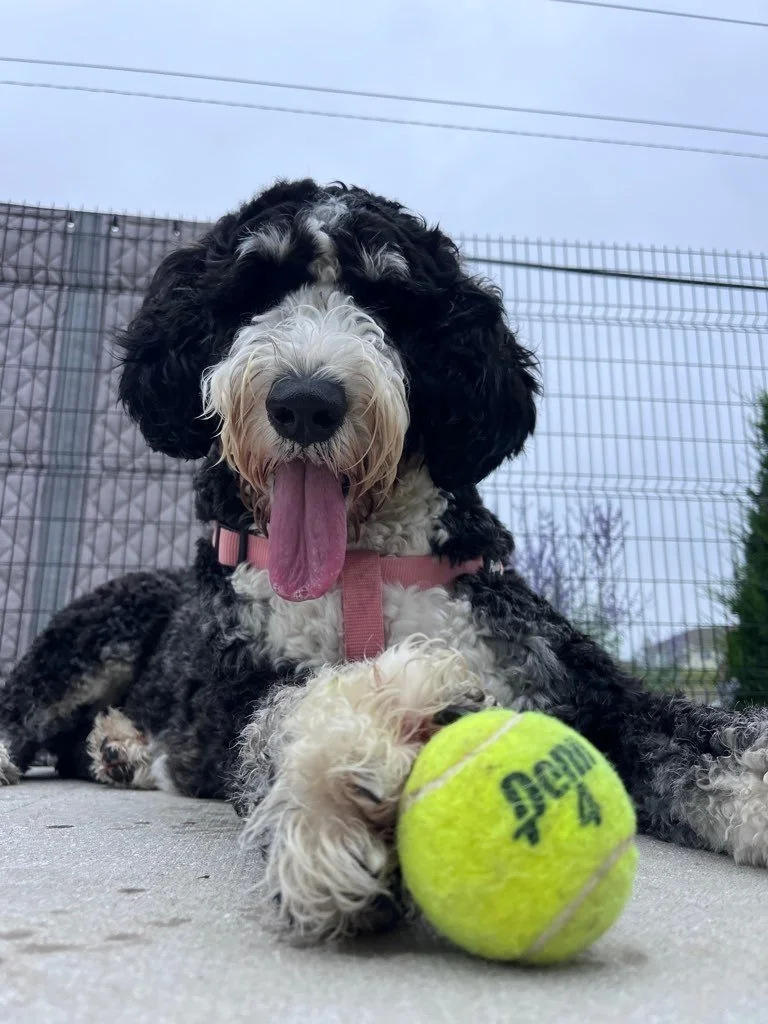
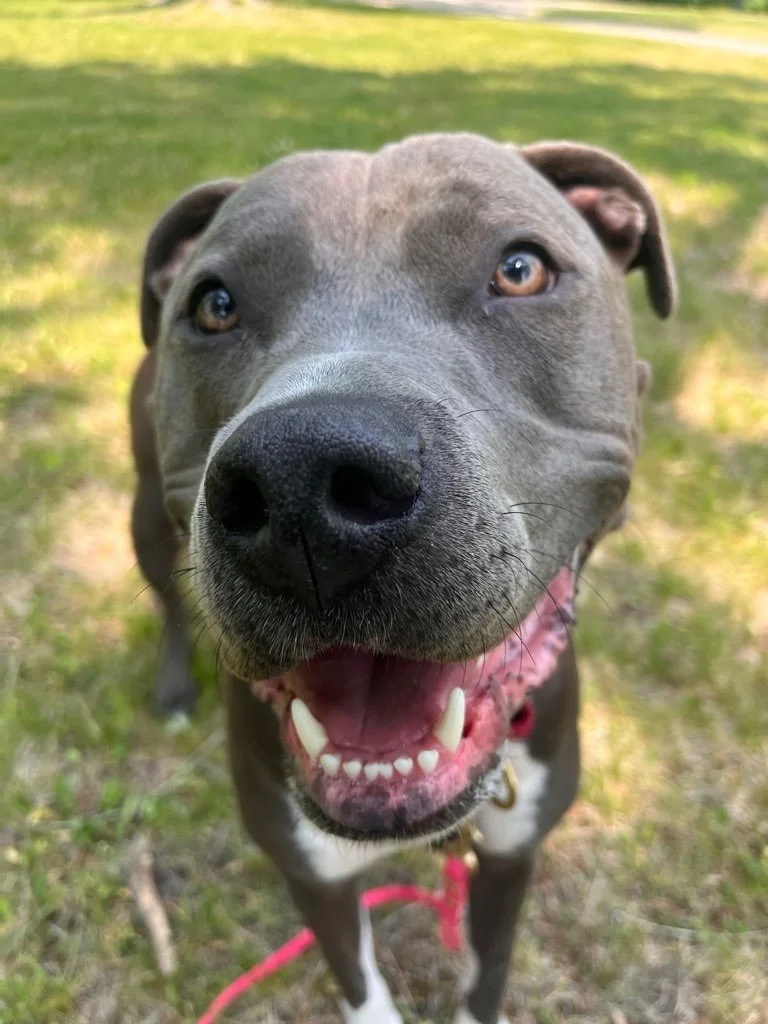
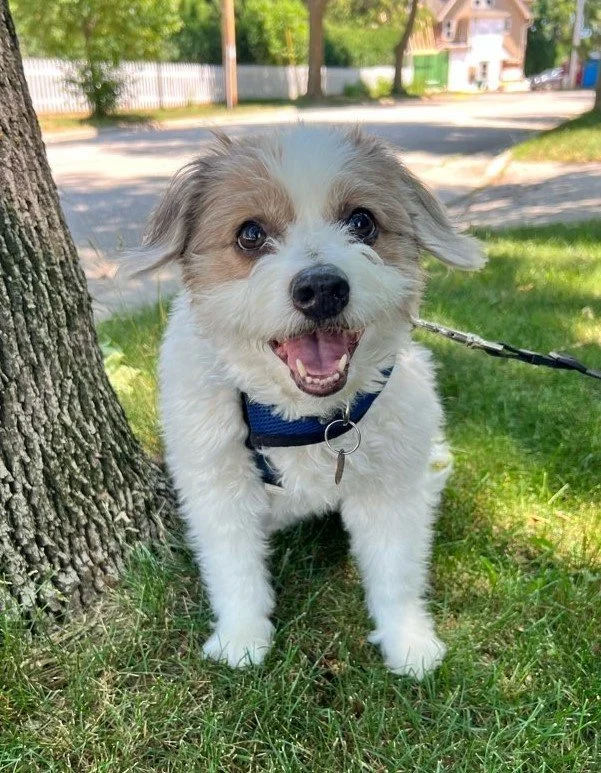
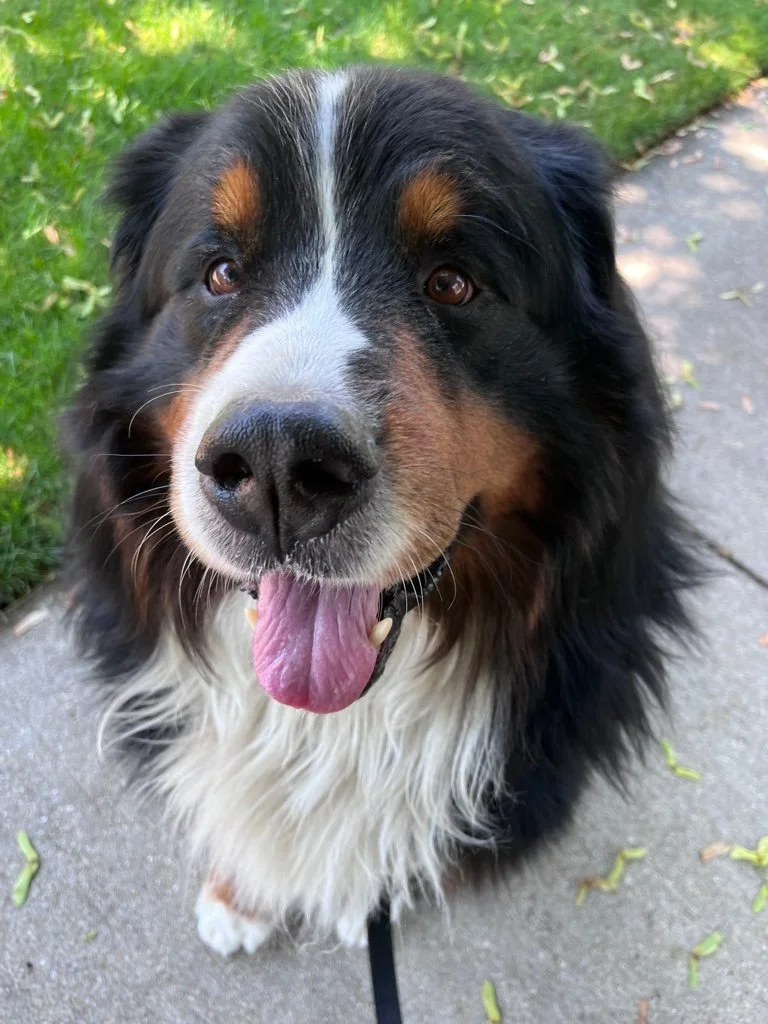

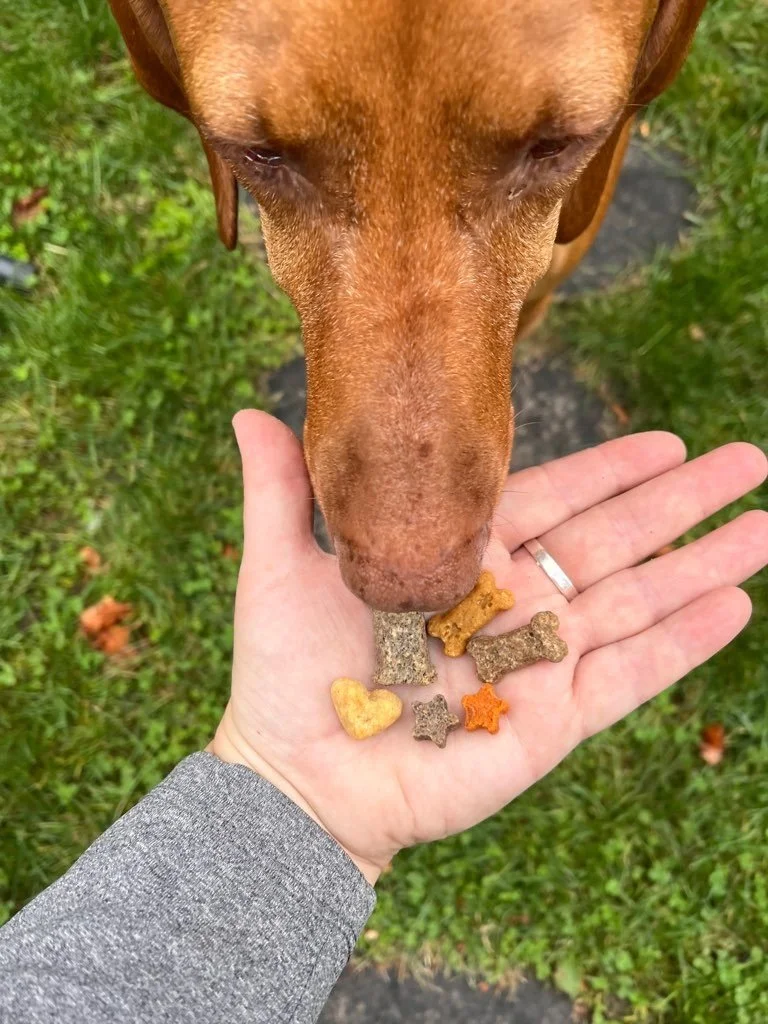

Discover the benefits and practical applications of choice-based dog training methods, also known as positive reinforcement or force-free training. Join us in exploring how giving your furry friend choices during training can lead to stronger skills and a more fulfilling and harmonious relationship for both you and your pup.